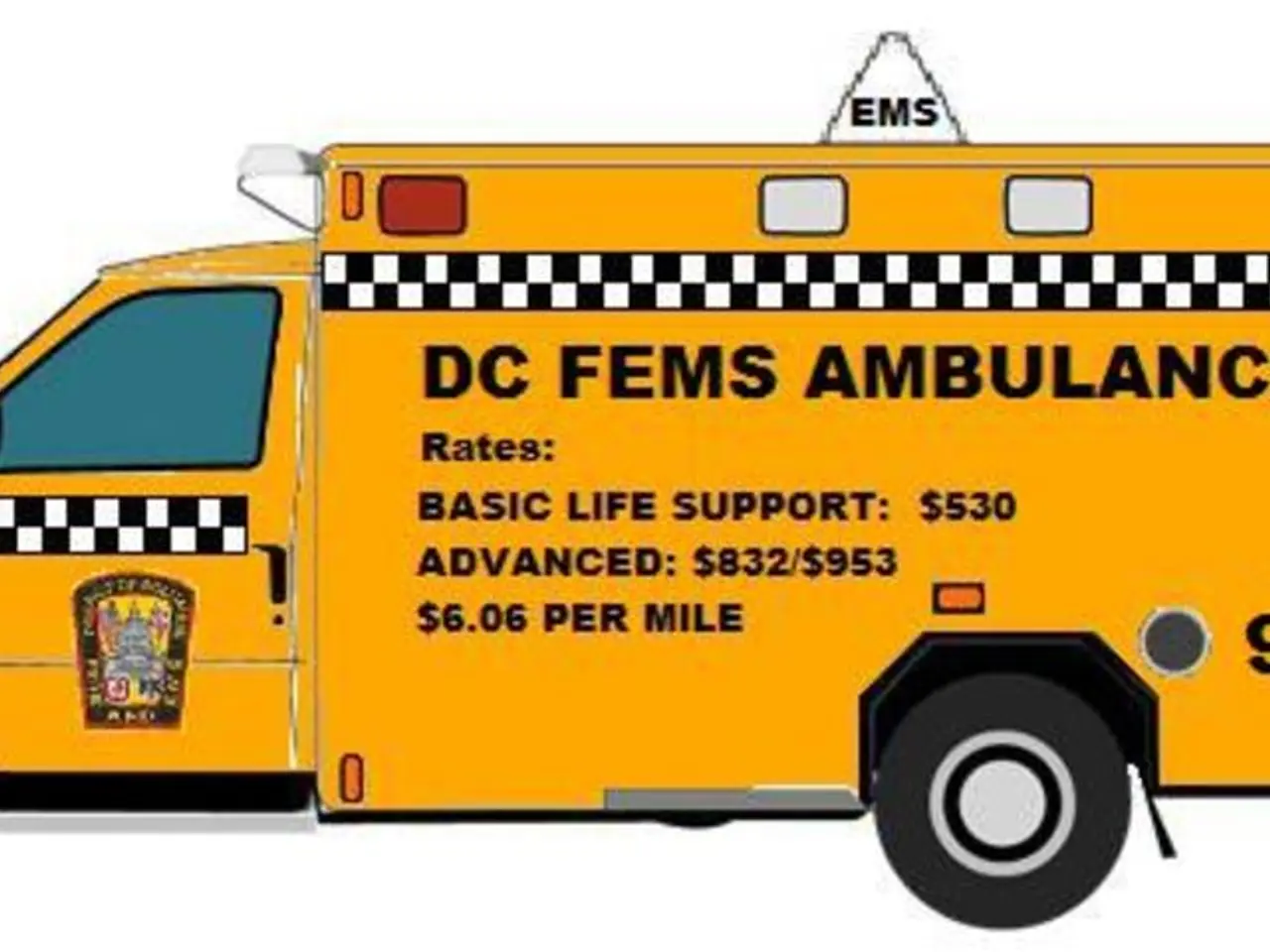Modified vans, not specifically-designed ambulances, were disclosed to the Senate
In a bid to address the ongoing ambulance shortage in Malaysia, the Ministry of Health has taken an unconventional approach by converting normal vans into emergency vehicles.
Deputy Health Minister Lukanisman Awang Sauni confirmed that all ambulances in hospitals and institutions across the country are converted from goods and passenger transport vans. He added that these modified ambulances have undergone evaluation by Puspakom and the public works department's mechanical division to ensure they meet the necessary standards.
The ministry has received special approval from the finance ministry to purchase 91 modified ambulances, with 925 more to be delivered in stages from July. These vehicles will be distributed to areas that urgently need them to ensure emergency services are not affected.
However, the name of the company that had the contract for delivering the 91 converted rescue vehicles remains undisclosed due to delivery delays, resulting in the health authority terminating its services.
Dr RA Lingeshwaran, a member of the Parliament, raised concerns about the modified ambulances. He asked if it was true that all ministry ambulances were modified from normal vans, if they meet international standards, and whether crash tests were conducted. Lukanisman confirmed that these converted ambulances meet all specifications and requirements.
Lingeshwaran also mentioned that the modified units cost about 40% to 50% cheaper compared to CBUs (Completely Built-Up vehicles). This cost-effective solution may be a factor in the government's decision to convert vans instead of purchasing CBUs. Lukanisman, however, did not explain why this choice was made.
The ambulance shortage in Malaysia is not a new issue. About 89% of the ministry's ambulances are more than six years old, and when involved in accidents, they are often severely damaged. This was confirmed by the former director at Sungai Bakap Hospital in Penang.
Neighbouring countries like Singapore and Thailand, on the other hand, purchase purpose-built ambulances. As the ministry continues to deliver new ambulances and address the shortage, it will be interesting to see if they will opt for converted vans or purpose-built vehicles in the future.
In the meantime, the ministry has funds available to replace damaged ambulances that are beyond repair. The ministry's efforts to address the ambulance shortage are a step in the right direction, and it will be crucial to ensure these vehicles are maintained and replaced as needed to provide efficient emergency services.








